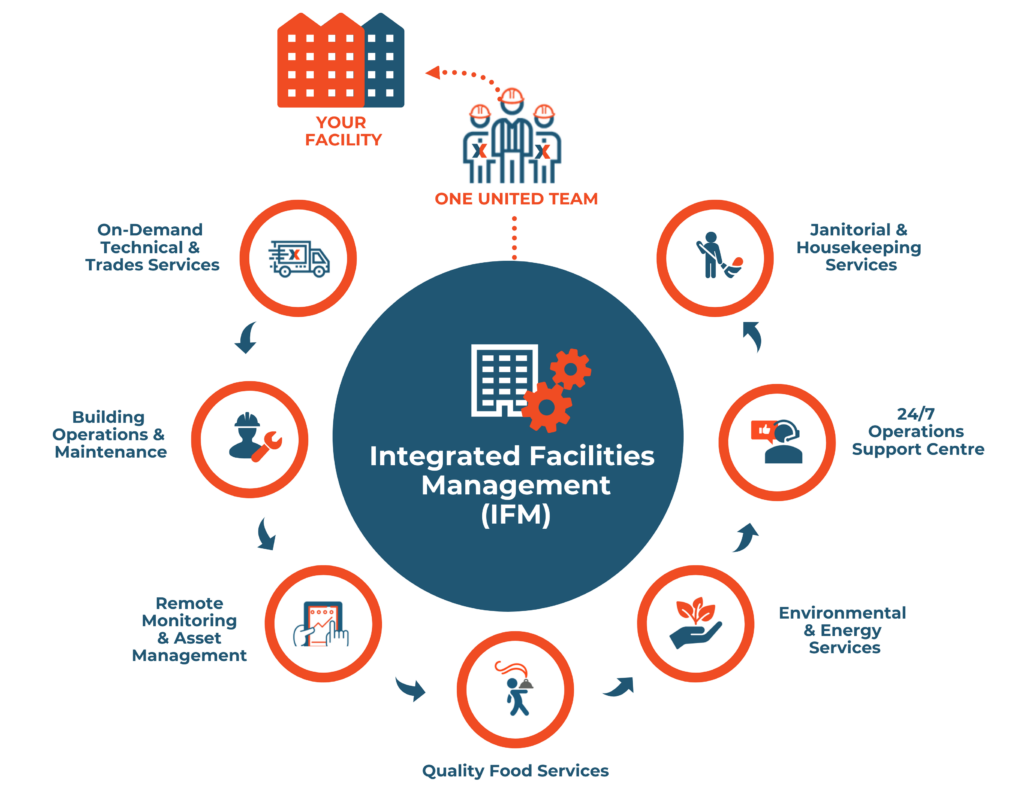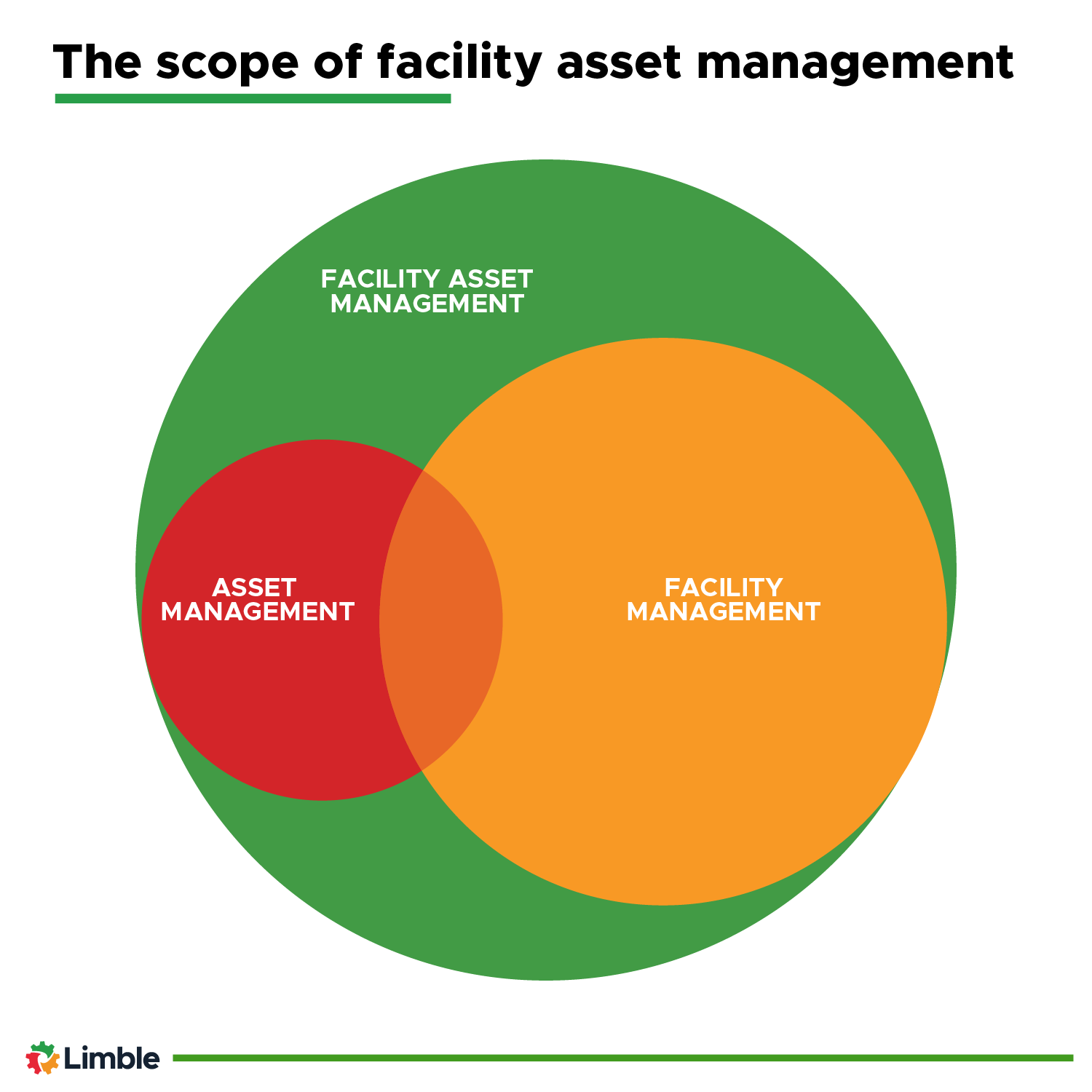Best Practices in Facility Management for Modern Organizations
Best Practices in Facility Management for Modern Organizations
Blog Article
Key Fads Forming the Future of Facility Management in 2024
As we expect 2024, the landscape of facility administration is positioned for significant transformation, driven by a number of vital fads. The combination of wise building modern technologies and a change in the direction of data-driven decision-making pledge to boost functional efficiency while focusing on sustainability in technique. The introduction of hybrid work models is improving office settings, necessitating ingenious style solutions that cater to developing employee needs. In the middle of these modifications, the focus on resident health proceeds to get grip, emphasizing the value of a healthy workplace. How these trends will show up in practice remains a vital concern for industry specialists.
Smart Structure Technologies

Smart building technologies encompass a large variety of systems, consisting of smart illumination, HVAC controls, and safety systems. By integrating these systems, center supervisors can keep track of and adjust criteria in real-time, causing substantial decreases in power waste and functional prices. For instance, clever sensing units can spot occupancy degrees and change illumination and temperature level appropriately, making certain that energy is just used when necessary.
Additionally, these innovations promote boosted data collection, allowing organizations to track use patterns and recognize opportunities for additional renovations. The execution of clever structure innovations not just adds to sustainability goals but additionally produces healthier job environments that can increase worker performance and fulfillment.
As we relocate right into 2024, the adoption of smart structure modern technologies will likely accelerate, showing a more comprehensive shift towards more smart, responsive, and lasting center administration practices.
Data-Driven Choice Making
Progressively, organizations are leveraging data-driven choice making to boost facility management practices. By harnessing data analytics, facility supervisors can acquire workable insights that considerably enhance functional performance and resource allotment. The assimilation of advanced technologies, such as IoT sensing units and real-time surveillance systems, allows the collection of vast quantities of information on building efficiency, occupancy prices, and power intake.
This wealth of information allows facility supervisors to recognize fads, predict upkeep requirements, and proactively address issues before they escalate. For circumstances, anticipating analytics can anticipate equipment failures, lowering downtime and repair service prices. Additionally, information visualization tools assist in better communication amongst stakeholders, guaranteeing that informed decisions are made collaboratively.
Moreover, data-driven techniques boost strategic planning by allowing center managers to examine the efficiency of current practices and make notified choices pertaining to investments in modern technology or facilities. As companies progressively prioritize operational excellence, data-driven choice making is positioned to come to be a keystone of successful center administration strategies in 2024 and beyond. Inevitably, the capability to leverage information effectively will equip organizations to produce extra reliable, effective, and durable facilities.
Sustainability and Eco-friendly Practices
The focus on data-driven decision making normally straightens with the growing concentrate on sustainability and eco-friendly methods within facility management. As companies progressively focus on ecological duty, center managers are leveraging analytics to enhance resource use, lower waste, and minimize carbon impacts. This tactical approach allows the assimilation of energy-efficient systems, such as LED illumination, clever cooling and heating controls, and eco-friendly energy sources into facility operations.
Moreover, the execution of sustainable methods extends beyond energy intake. Facility managers are advertising and adopting environment-friendly materials recycling initiatives to develop a circular economy within their facilities. This not only boosts the ecological profile of the organization but additionally fosters a society of sustainability among staff members.
Conformity official site with ecological policies is an additional critical element driving the adoption of green methods. By making use of information analytics, center supervisors can keep track of compliance metrics and determine areas for enhancement, making certain adherence to international and local sustainability criteria.
Crossbreed Job Versions
A substantial shift in the direction of hybrid job designs is reshaping the landscape of center management in 2024. This standard incorporates in-office and remote job, necessitating a reevaluation of room usage, resource allocation, and employee interaction techniques. Organizations are increasingly identifying the importance of flexible workspaces that provide to diverse requirements and choices.
Facility supervisors should adjust by implementing versatile office designs that support collaborative initiatives while providing areas for focused work. This includes the integration of innovation to help with seamless communication and partnership among remote and in-office workers. Smart structure solutions, equipped with analytics and sensing units, enable real-time surveillance of space usage, enabling organizations to maximize their atmospheres effectively.
In addition, crossbreed work models stress the need for effective facility management that prioritizes employee experience. In essence, the crossbreed job version is revolutionizing facility administration, motivating a proactive technique to fulfill the advancing needs of the workforce.
Improved Passenger Health
As companies accept hybrid work versions, an increased concentrate on occupant health is coming to be integral to center monitoring strategies. Facility Management. This shift acknowledges that a healthy and completely satisfied workforce directly affects productivity and retention rates. Center supervisors are now focusing on settings that advertise psychological and physical wellness, incorporating aspects such as natural lights, biophilic layout, and accessible wellness resources

Innovation plays a vital function in this evolution. Smart building systems can check environmental variables and adjust settings in real-time, ensuring ideal convenience levels - Facility Management. Furthermore, comments systems, such as tenancy sensors and worker studies, allow facility supervisors to consistently refine wellness efforts based upon occupant requirements.

Verdict
In 2024, the future of facility management will certainly be substantially influenced by the assimilation of wise building technologies and data-driven decision-making, cultivating enhanced operational effectiveness. These trends jointly highlight the progressing landscape of facility management in feedback to modern difficulties and possibilities.
Facility supervisors are promoting and taking on environmentally friendly products reusing initiatives to develop a round economic situation within their visit this web-site facilities.A substantial shift in the direction of crossbreed work models is improving the landscape of center management in 2024.Additionally, crossbreed work models highlight the need for our website efficient center management that prioritizes worker experience.As organizations welcome hybrid work models, an enhanced focus on passenger health is becoming indispensable to facility administration techniques.In 2024, the future of center monitoring will certainly be significantly influenced by the combination of smart building innovations and data-driven decision-making, cultivating improved functional efficiency.
Report this page